Optimal Timing for Radon Mitigation
Radon mitigation can be implemented at any time when elevated radon levels are detected indoors. However, certain conditions may influence the optimal timing for installation. Testing for radon levels is recommended periodically, especially during seasonal changes, to determine if mitigation is necessary. The most effective time to install radon mitigation systems is typically during periods of stable weather, avoiding extreme cold or heat, which can complicate installation procedures.
Radon levels can vary seasonally, often higher during colder months when homes are sealed against the cold. Testing during different seasons helps determine if mitigation is needed year-round.
Implementing radon mitigation during new construction or major renovations can be more cost-effective and less disruptive than retrofitting existing structures.
Installing mitigation systems during mild weather reduces installation challenges and ensures system effectiveness without weather-related delays.
Following radon testing, mitigation should be scheduled promptly if high levels are detected to reduce long-term exposure risks.
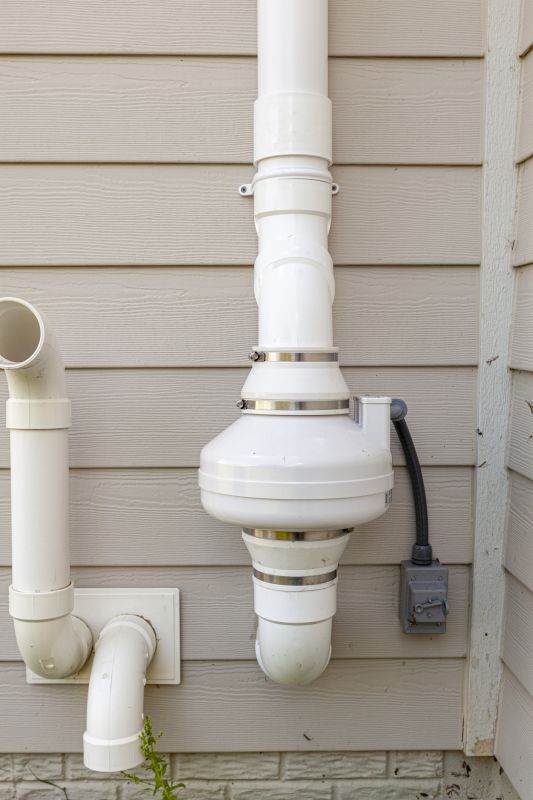
Proper installation involves venting radon from beneath the foundation to the outside.

Radon testing devices are placed in living areas to measure indoor radon levels accurately.
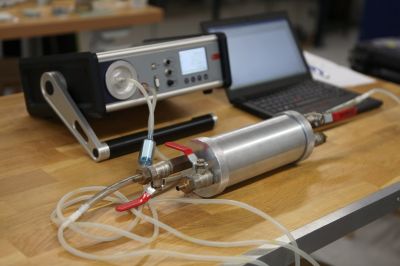
Monitoring indoor air quality helps determine if mitigation is necessary at any time of year.

Key components include vent pipes, fans, and sealing materials for effective radon reduction.
| Season | Radon Level Variations |
|---|---|
| Winter | Levels often increase due to sealed homes and decreased ventilation. |
| Spring | Levels may decrease as homes are ventilated more. |
| Summer | Radon levels can vary depending on ventilation and foundation conditions. |
| Fall | Levels may rise again as homes are sealed for colder weather. |
| Year-round | Regular testing is recommended regardless of season. |
Radon mitigation is a critical process for reducing indoor radon levels, which can pose health risks over prolonged exposure. The timing of mitigation depends on testing results, seasonal variations, and construction considerations. Installing mitigation systems during periods of mild weather and when homes are less sealed can optimize effectiveness and ease of installation. Regular testing throughout the year ensures that radon levels remain below recommended thresholds and helps identify the best times for mitigation activities.
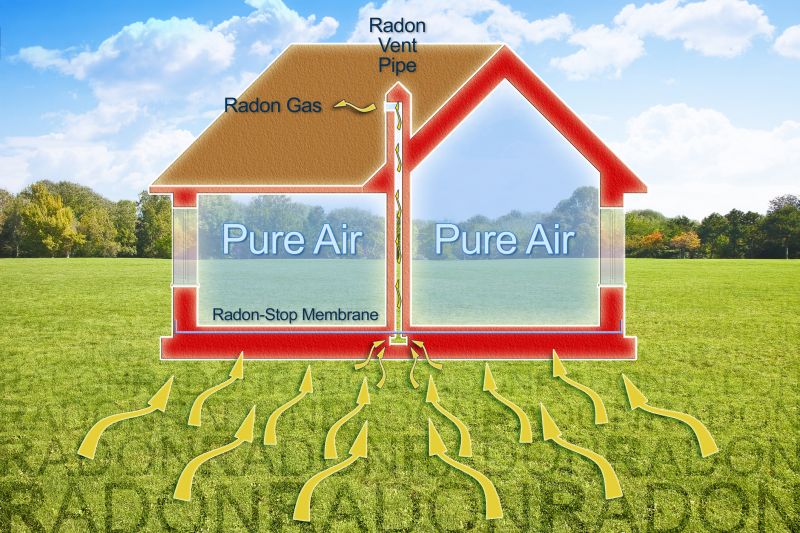
A vent pipe system safely directs radon outdoors from beneath the foundation.
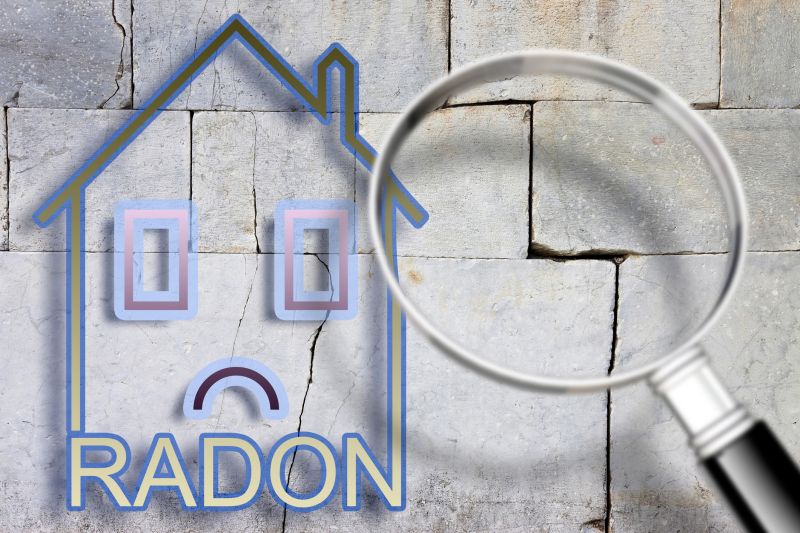
Devices placed in living spaces measure radon concentration levels.
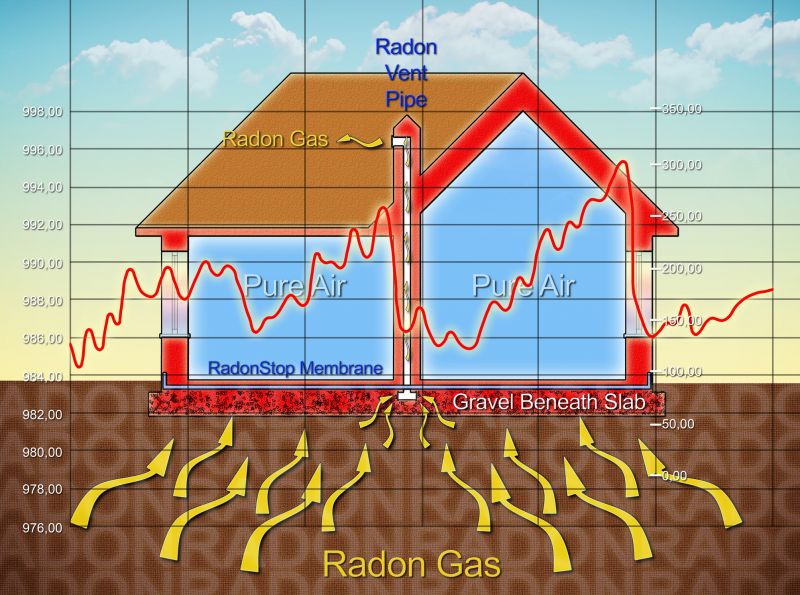
Installation of a vent fan and piping to reduce indoor radon levels.
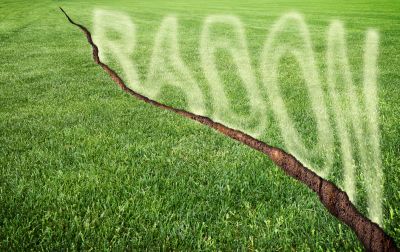
Sealing cracks and openings helps improve mitigation system efficiency.
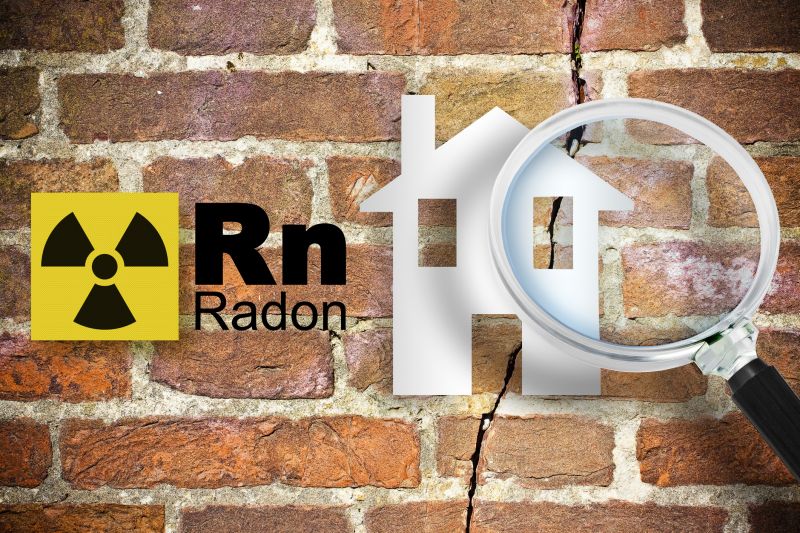
Ways to make Radon Mitigations work in tight or awkward layouts.

Popular materials for Radon Mitigations and why they hold up over time.
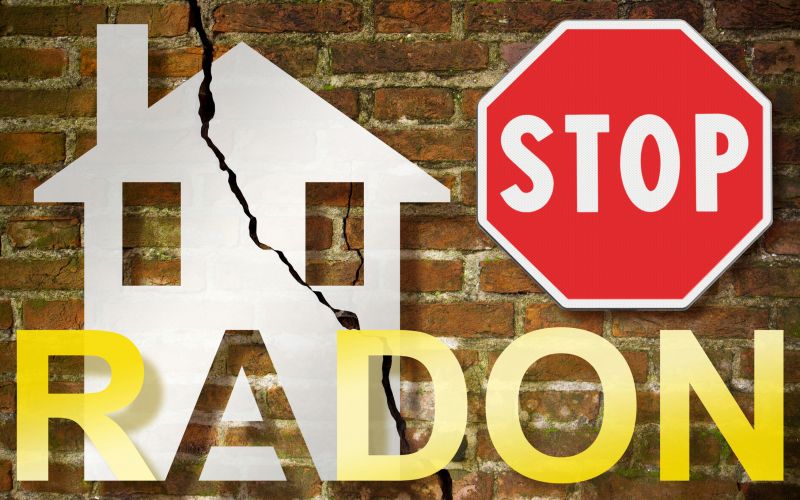
Simple add-ons that improve Radon Mitigations without blowing the budget.
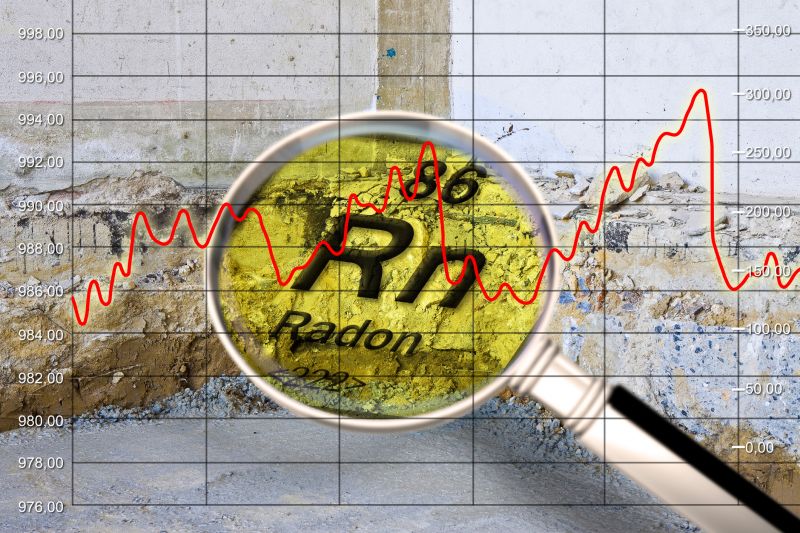
High-end options that actually feel worth it for Radon Mitigations.
If high radon levels are detected, prompt installation of mitigation systems is essential to reduce health risks. The best time to proceed with mitigation depends on testing results, weather conditions, and construction schedules. Regular follow-up testing ensures that mitigation efforts remain effective and indoor air quality is maintained at safe levels.
Properly installed systems can significantly lower indoor radon levels, often by over 90%.
Continuous or periodic testing helps verify system performance over time.
Long-term exposure to high radon levels increases lung cancer risk, making mitigation vital.
Installation costs vary based on home size, foundation type, and system complexity.
Interested in reducing radon levels in a property? Filling out the contact form can provide more information about mitigation options and scheduling an assessment. Addressing radon concerns promptly can contribute to healthier indoor environments and peace of mind.
